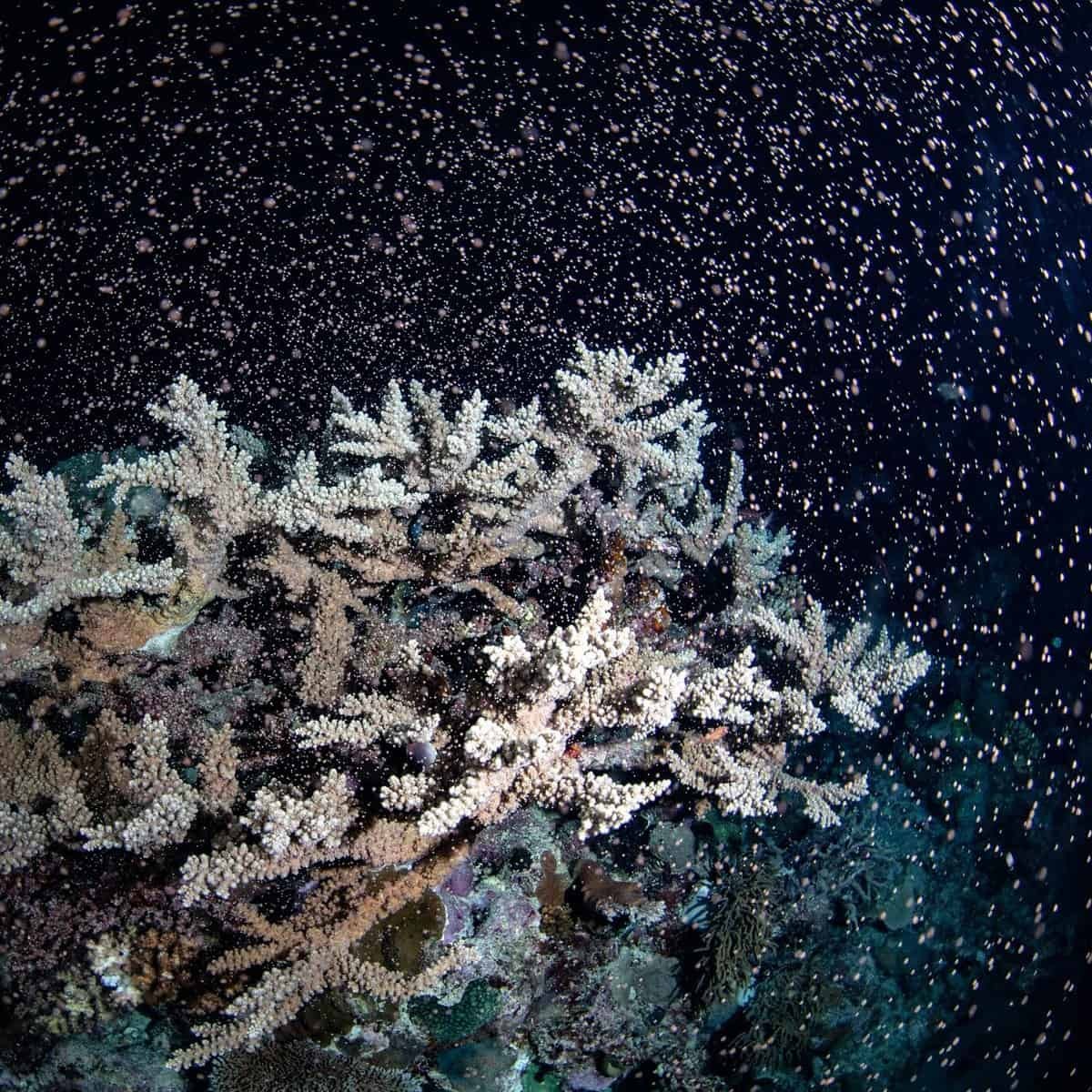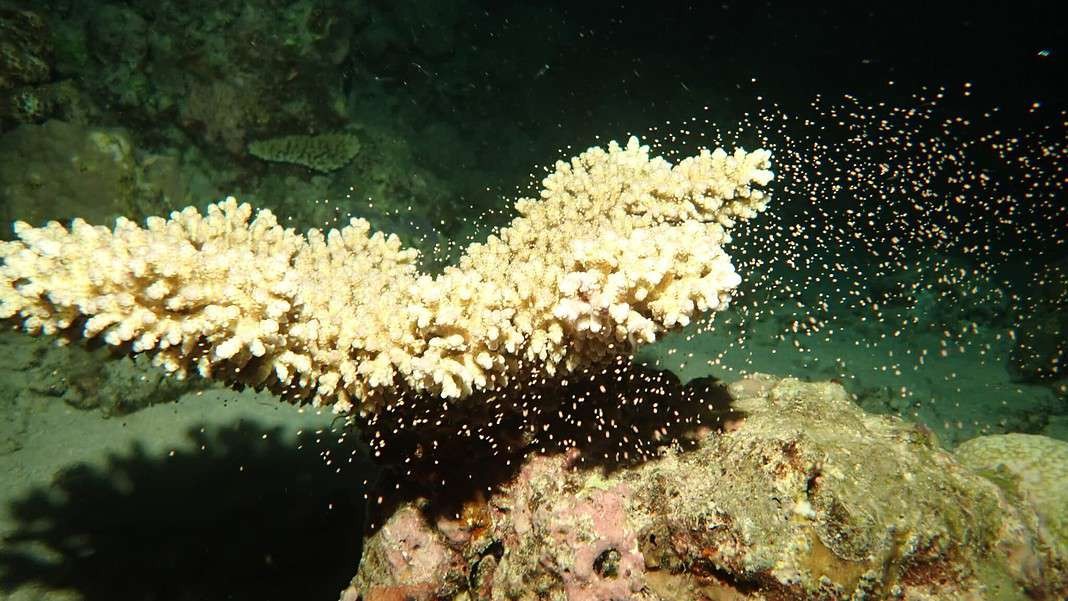This week, in an explosion of color, billions of coral babies were born on Australia’s Great Barrier Reef off the coast of Cairns, marking another milestone in the ongoing story of life on the Reef.
After 18 months of border closures in Australia, Gareth Phillips, the principal marine scientist from Reef Teach, has likened this year’s coral spawning event to a symbol of regeneration and hope.
Phillips, who spent four hours filming this week’s event, said the timing of the 2021 coral spawn roughly coincides with the reopening of Australia, adding that his excitement for the new coral life reflects the mood of a nation emerging from COVID restrictions:
“Nothing makes people happier than new life — and coral spawning is the world’s biggest proof of that. We are coming out of restrictions with a fresh leap of life just as the reef is spawning. That positivity is what people are feeling. It’s the celebration of the year.”
Coral spawning occurs once a year when corals release tiny balls containing sperm and eggs into the water. These float to the surface where they break open, releasing both sperm and eggs to bump into each other and cross-fertilize.

Speaking from the Passions of Paradise expedition vessel at Point Break on the outer edge of Flynn Reef about 60km/37 miles east of Cairns, Phillips said this year’s spawning started soon after the sun set and proceeded in waves:
“I’ve seen the corals all go off at once, but this time there seemed to be different species spawning in waves, one after the other. The conditions were magical with the water like glass and beautiful light coming from the moon.
“We went around looking for corals engorged with parcels of genetic material ready to go. Once we found a ripe coral, we watched as it took about 30 seconds for each colony to complete its spawning. It was the ultimate treasure hunt … it was so exciting that we even grabbed the skipper and got him in the water.”
With different sections of the reef erupting one after another, the team of six divers each watched different patches of coral, according to Phillips:
“About five different genus of Acropora, the branching corals, went off releasing mauve-pink parcels. Next, the Porites, the big boulder corals all started smoking at once releasing what looked like a river flood plume turning the water cloudy.
“Four hours after we first saw the coral spawning we are still seeing the spawn rise to the surface of the water. It is everywhere and trevally about 50cm in length are swimming around the back of the boat gobbling up the small fish that are hanging around to feed on spawn.”
Reflecting on the reef as a sign of hope for Australians, Phillips said:
“It is gratifying to see the reef give birth. It’s a strong demonstration that its ecological functions are intact and working after being in a recovery phase for more than 18 months.
“The reef has gone through its own troubles like we all have, but it can still respond – and that gives us hope. I think we must all focus on the victories as we emerge from the pandemic.”
(Featured Image Credit: Gareth Phillips)

